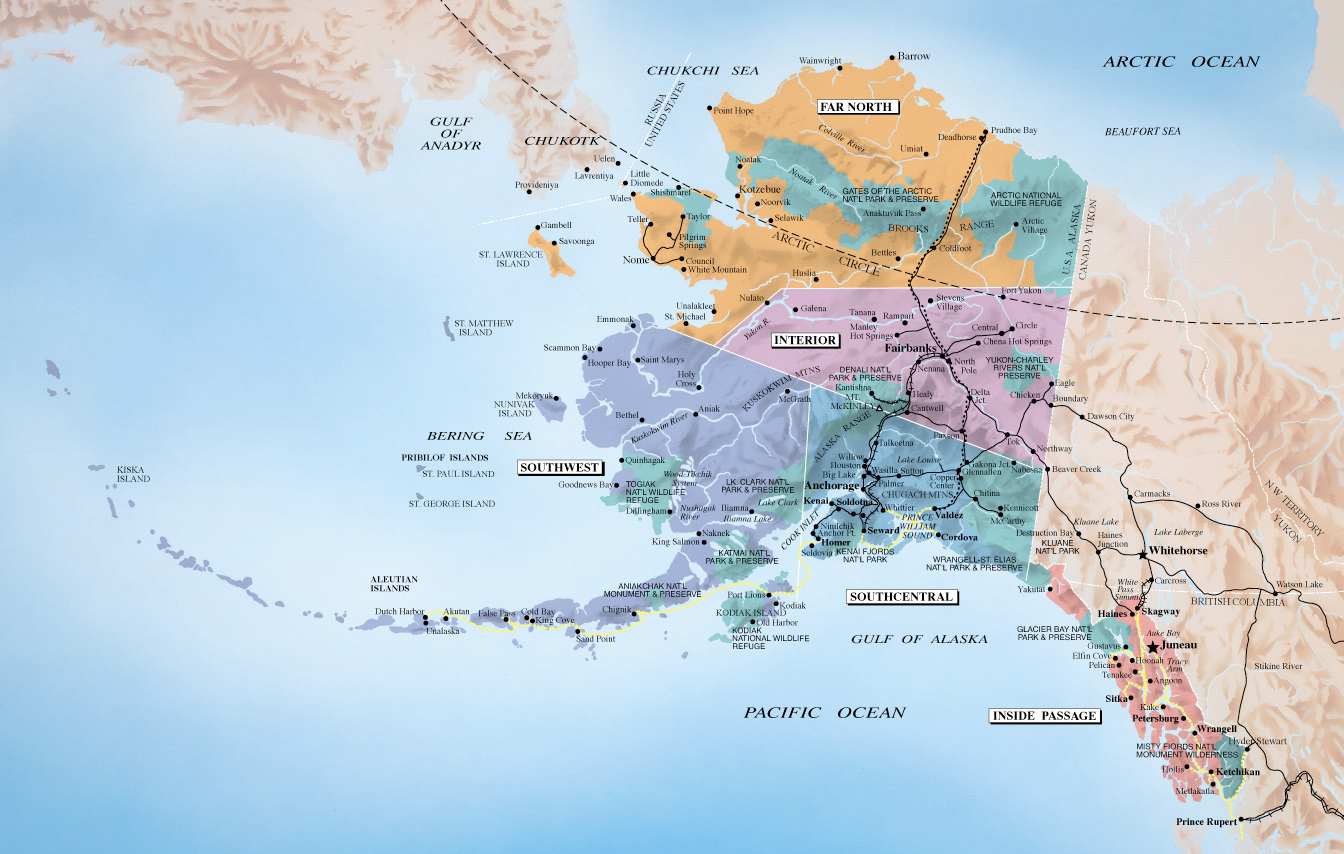Arctic sea lanes may be staying open longer and traffic in the frigid waters may be increasing, but the Coast Guard's new 10-year plan for Arctic missions won't send more Coasties to the region or establish a year-round presence, Commandant Adm. Bob Papp said.
Arctic sea lanes may be staying open longer and traffic in the frigid waters may be increasing, but the Coast Guard’s new 10-year plan for Arctic missions won’t send more Coasties to the region or establish a year-round presence, the service’s top officer said.
The service’s seasonal, mobile approach has been “tested and proven … over the last several years,” Commandant Adm. Bob Papp said when he released the Coast Guard’s Arctic Strategy on May 21. “That will be our approach in the coming decade.”
The service will not increase deployment time to the Arctic, continuing to rely on standard six-month cutter deployments to maintain a presence, Papp said.
The national security cutters carry supplies, small boats and helicopters, and have the communication and intelligence capabilities needed for a sustained offshore presence in the ice-free waters, he said. They patrol the Arctic for the summer season, typically from June to September, depending on how long the waters are ice-free, said Lt. Veronica Colbath, a spokeswoman for District 17, which covers Alaska.
Using the cutter fleet instead of establishing bases over the next 10 years will save money and allow for greater flexibility, Papp said. The strategy also stresses expanding partnerships with domestic and international regulatory bodies monitoring the Arctic, including the Arctic Council, International Maritime Organization and the Inuit Circumpolar Council.
With long-term forecasts showing the region will become ice-free for longer periods, Papp said that at some point the Coast Guard might need a full-time sector, based in Barrow, Alaska.

However, that’s not part of the current strategy.
“We are not going to permanently station anyone up there,” Papp said.
Barrow played a key role in last year’s Arctic Shield exercise, when the service focused on Alaska’s North Slope. This year, Arctic Shield 2013 will focus operations on Western Alaska and the Bering Strait, using existing infrastructure — the Alaska National Guard’s hangar in Kotzebue — as its forward operating location for personnel and aircraft. The operational part of the exercise begins in June and is expected to run through September. Arctic Shield will put about 250 Coasties in the region this year, Colbath said.
The excercise will include both the service’s active oceangoing icebreakers — the Healy and the newly rehabilitated Polar Star. The NSC Waesche will also patrol in the area during the heightened seasonal activity, Papp said.
No comments:
Post a Comment
Enter your comment(s) here...